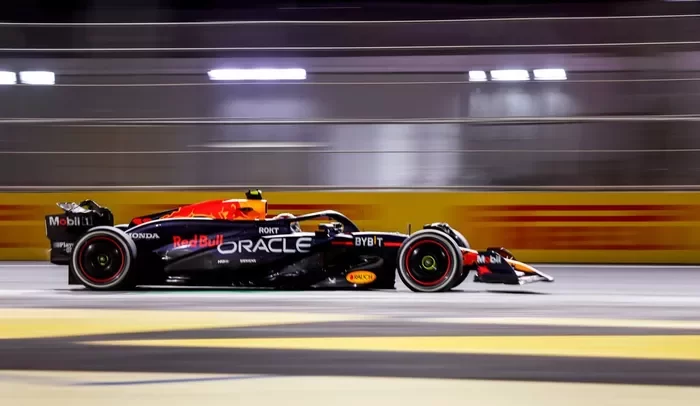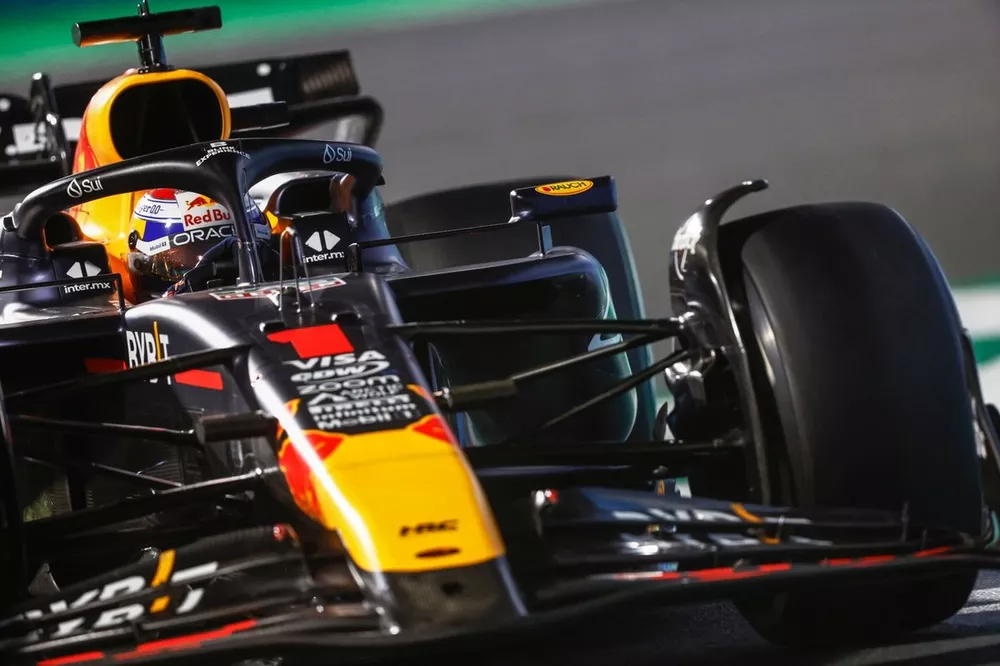The Milton Keynes-based team surprised its rivals this year by opting for a rather aggressive overhaul of its dominant RB19 2023 challenger, instead of pursuing a simple evolution. This strategic shift appears to have paid dividends, as Max Verstappen and Sergio Perez secured 1st and 2nd positions in the first two races of the season.
Explaining the rationale behind this decision, Red Bull’s chief engineer, Paul Monaghan, emphasized the importance of ensuring continual performance gains throughout the remaining rule cycles before the 2026 reset.
Monaghan stated, “If we choose to make some bigger changes on the car, it opens up more options for us.” He highlighted the necessity of exploring significant alterations as a final opportunity before focusing entirely on the 2026 car.

As teams gear up for the 2026 rule changes, Monaghan mentioned the imminent decisions regarding resource allocation for the following year. He indicated that early aerodynamic research would determine if adjustments were necessary, considering factors like financial feasibility and resource availability.
While the RB20 displays notable visual differences from its predecessor, particularly in its side pods and engine cover gulleys, Monaghan clarified that the changes weren’t as radical as some speculated.
He stressed the importance of maintaining stability and incremental progress, asserting that evolution rather than revolution was the prudent choice, provided it kept Red Bull ahead of the competition.

